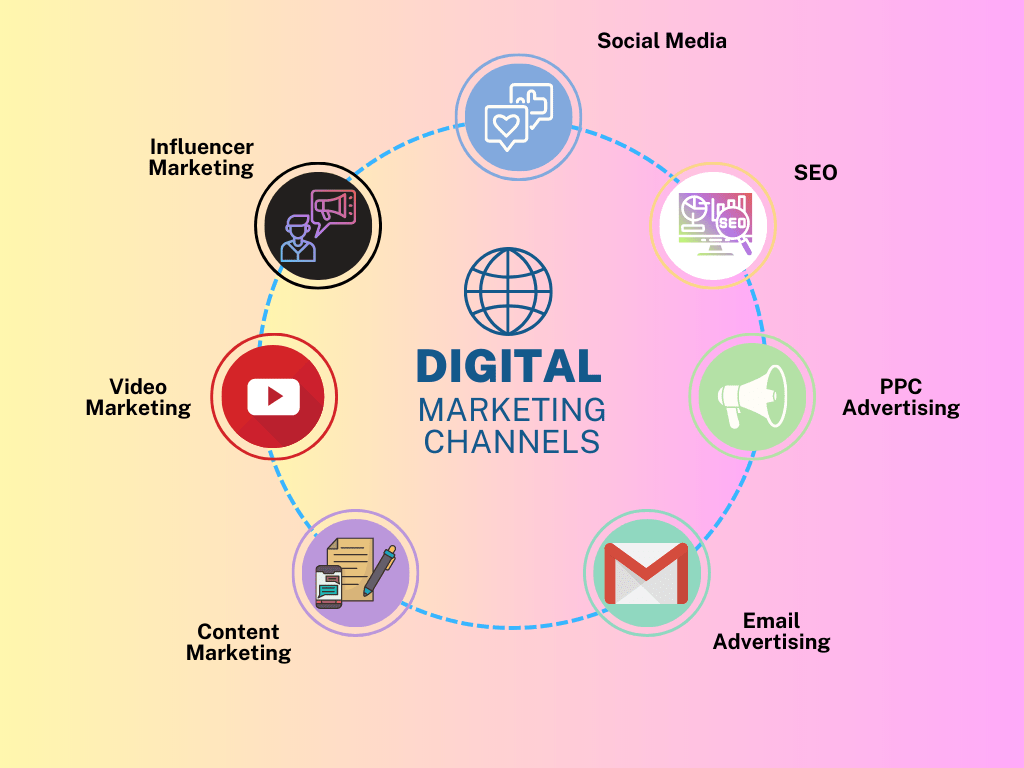Enhance Customer Experience and Drive Web Traffic With Responsive Internet Design
In today's electronic landscape, where users are accessing sites from a wide range of tools, responsive internet design has come to be more crucial than ever before. With its ability to adapt and effortlessly change to various screen sizes, receptive style not just enhances customer experience however additionally drives website traffic to your web site. However why is this style method so important? Exactly how does it improve user involvement and boost website traffic? In this conversation, we will certainly discover the crucial elements of efficient receptive layout, look into the most effective methods for its execution, and uncover the keys to enhancing user experience while driving more traffic to your internet site.
Why Receptive Website Design Matters
Responsive internet design is an essential aspect of modern internet growth as a result of its capacity to make certain ideal customer experience throughout various tools and display sizes. With the proliferation of smartphones, tablets, and various other mobile devices, it has actually become critical for sites to adjust and give seamless functionality no matter of the gadget being used.
The primary reason that receptive website design issues is that it enables users to have a delightful and consistent searching experience, despite the tool they are making use of. A responsive website automatically adjusts its layout, style, and content components to fit the display size and resolution of the device, making certain that customers can easily interact and browse with the site without any kind of aggravation or disappointment.
Furthermore, receptive web style likewise plays a significant duty in search engine optimization (SEO) Internet search engine, such as Google, focus on websites that are mobile-friendly and responsive in their search results page. By incorporating responsive style principles, sites can boost their visibility and position, causing boosted natural website traffic and prospective customers.

Boosting User Engagement With Responsive Layout
Enhancing individual engagement is a crucial objective of receptive layout, as it guarantees that individuals can conveniently access and communicate with site web content on any type of gadget. With the raising use tablets and smartphones, it is important for websites to adapt to different screen dimensions and resolutions. Receptive layout allows sites to automatically adjust their format and web content to offer a smooth individual experience across gadgets.
Among the main means receptive design enhances user involvement is by minimizing load times. With a receptive internet site, customers do not need to wait on separate mobile variations to lots, resulting in quicker accessibility to material. This better speed causes higher individual fulfillment and urges them to spend more time on the site.
In addition, responsive design improves customer engagement by improving navigating and customer interface (Web Design). When an internet site is designed responsively, buttons and food selections are maximized for touch communications, making it easier for users to interact and navigate with the website on their smart phones. This user-friendly and straightforward experience keeps customers engaged and encourages them to discover more of the web site
Furthermore, responsive design permits far better content exposure and readability. By adapting the design and font style sizes to different devices, responsive websites make sure that individuals can easily recognize the web content and check out. This boosts individual interaction by reducing the need for zooming or scrolling to read the text.
Increasing Web Site Web Traffic With Responsive Website Design
With the expanding popularity of mobile phones, having a web site that is receptive to different display dimensions and resolutions is crucial for driving increased web traffic. In today's digital landscape, users are accessing websites from a selection of tools such as smartphones, tablets, and computer. Each of these tools has different screen dimensions and resolutions, and if your web site is not created to adapt to these variations, it can lead to an inadequate individual experience and a loss of prospective traffic.
Receptive web design ensures that your web site looks and operates efficiently throughout all tools. By utilizing versatile grids, fluid images, and useful reference media queries, responsive design enables your site to instantly change its navigation, format, and material to fit any display size. This suggests that individuals will certainly have a seamless surfing experience regardless of whether they are making use of a big desktop or a little smart device computer.
Secret Elements of Reliable Responsive Design
Efficient responsive style integrates several key aspects that guarantee a smooth customer experience throughout different tools. This enables content to be displayed in a aesthetically attractive and legible way on any type of tool.
An additional vital component is media queries. These permit developers to use different styles and designs based upon the features of the customer's tool, such as screen dimension and alignment. By using media questions, designers can maximize the discussion of material for each and every tool, making certain that it is conveniently available and readable.
Responsive images are also important in reliable receptive design. Photos that are also large can reduce web page tons times on smart phones, while pictures that are also small might appear pixelated on larger screens. By making use of strategies such as responsive image resizing and careless loading, designers can make sure that images are properly sized and maximized for every gadget.
Last but not least, reliable receptive design entails a mobile-first strategy. This means making and focusing on content for smart phones first, and then increasing and boosting the style for larger screens. This strategy makes certain that the most vital material is quickly available on smaller screens, while still supplying an abundant experience on bigger gadgets.
Ideal Practices for Executing Responsive Website Design
Implementing responsive website design requires mindful factor to consider of various finest techniques to make certain an optimum customer experience across various gadgets. Right here are some vital best techniques to comply with when look at more info executing receptive internet style.
To start with, it is crucial to focus on mobile users. With the increasing prominence of mobile phones, developing for mobile-first has actually become crucial. Begin deliberately for smaller sized displays and after that gradually boost the layout for bigger displays.

Another important finest practice is to maximize pictures for different screen resolutions. Huge photos can slow down the loading time of your internet site, particularly on mobile devices with slower connections. Usage responsive images that can be resized based upon the tool's screen resolution to boost performance.
Additionally, test your internet site on various devices and display dimensions to guarantee a consistent and smooth experience. There are numerous screening devices available that can aid you identify any kind of issues and make required modifications.
Last but not least, focus on functionality and access. Ensure that your site is simple to browse, with clear and succinct material. Make certain that your website comes to people with impairments and adheres to accessibility guidelines.
Verdict
In final thought, responsive web design plays an essential function in enhancing user experience and driving website traffic to websites. By embracing receptive style concepts, websites can make sure ideal checking out experiences across various gadgets, leading to enhanced individual engagement.
Maximizing user local web design engagement is a vital objective of receptive style, as it guarantees that individuals can conveniently gain access to and interact with internet site content on any device. Responsive style allows internet sites to automatically adjust their format and content to give a seamless individual experience across gadgets.
Additionally, responsive style improves individual involvement by enhancing navigation and customer interface.Responsive pictures are likewise essential in efficient responsive design. By taking on responsive layout principles, websites can guarantee optimal seeing experiences throughout different gadgets, leading to increased user engagement.